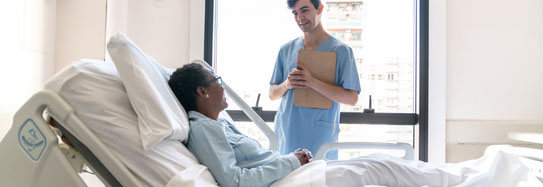Spina bifida is a neural birth defect, which means it mainly affects the spinal cord. When the spinal cord forms during the first month of pregnancy, sometimes the spinal canal doesn’t close completely. According to the Centers of Disease Control and Prevention (CDC), every year about one out of every 2,758 babies born in the United States has spina bifida. People with spina bifida may have an increased risk of contracting infections, which in turn, increases their risk of developing sepsis.
Sepsis is a life-threatening emergency that happens when your body’s response to an infection damages vital organs and, often, causes death. Like strokes or heart attacks, sepsis is a medical emergency that requires rapid diagnosis and treatment.
Suggested Citation:
Sepsis Alliance. Sepsis and Spina Bifida. 2024. https://www.sepsis.org/sepsisand/spina-bifida/
Updated June 18, 2024.




































